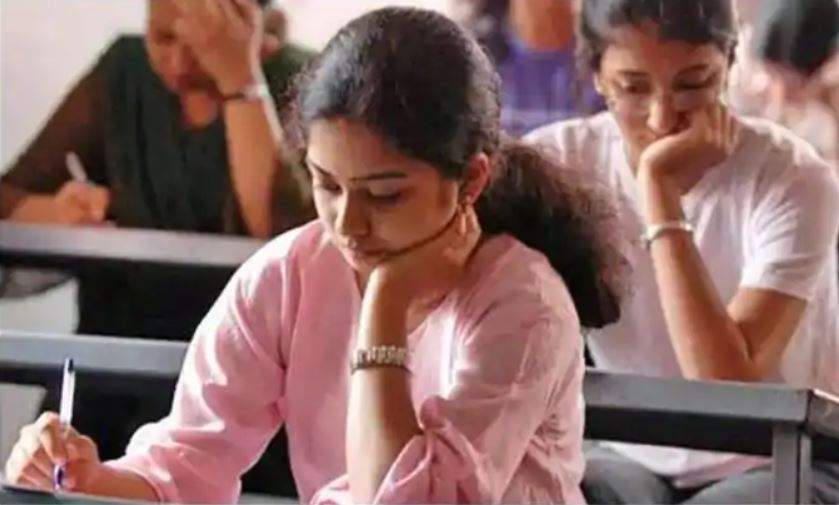The Union Government has given the nod for the formation of the National Recruitment Agency (NRA) to streamline the examination and recruitment process for different governmental agencies. The new agency will be an “independent, professional, specialist organisation that will conduct a Common Eligibility Test (CET) for all the competitive examinations.”
NRA will work as a preliminary single-window agency to shortlist qualifying candidates and forward the list to SSC, IBPS, etc, to hold the mains examinations.
As usual, the detractors of the Union government came out in their full glory and instead of lauding the government for bringing such sweeping reforms started with the age-old rhetoric “But why now? Why not earlier? And if you can solve problem A, why aren’t you solving problem-B?”
No prizes for guessing, it was Lutyen’s media’s lynchpin NDTV and its highly acclaimed Magsaysay award winner Ravish Kumar who came up with a good, novel-length writeup to criticize the move. But if Ravish Kumar had just sat down, keeping aside his highly-inflicted biases, he would have made some astonishing discoveries.
Unlike what the Common Eligibility Test offers, currently, candidates have to appear for multiple government examinations conducted by multiple agencies at different points of time for similar posts.
This places an enormous burden of time and cost on young people. Candidates have to pay fee to multiple recruiting agencies and also have to travel long distances for appearing in various exams.
The Union #Cabinet by PM @narendramodi Ji today took a revolutionary decision for the youth of #NewIndia .
A 'National Recruitment Agency' for conducting a Common Eligibility Test has been approved.
The historic move will benefit nearly 2.5 crore aspirants every year !! pic.twitter.com/44GDKFEcaX
— Prakash Javadekar (Modi Ka Parivar) (@PrakashJavdekar) August 19, 2020
These multiple recruitment examinations are a burden on the candidates, as also on the respective recruitment agencies, involving avoidable/repetitive expenditure, law and order/security related issues and venue related problems.
National Recruitment Agency (NRA) will perform the same role of conducting government exams for Central Government jobs across the different states, cities and districts of India.
One of the more revolutionary step undertaken in this revamp is the introduction of CET marks which will be applicable for a period of three years.
The score of CET will be valid for three years and there will be no restriction on the number of attempts to be taken by a candidate to appear in the CET subject to the upper age limit.
Assuming that if the CET is in 2021 and total marks on offer is 200 and you get 120 marks in it, then this score will be valid for the next three years i.e. till 2024.
If you undertake the CET again in the year 2022 and score more than 120, then your score will automatically increase and it will be valid for the next 3 years from 2022.
On average, 2.5 crore to 3 crore candidates appear in each of these examinations. A common eligibility Test would enable these candidates to appear once and apply to any or all of these recruitment agencies for the higher level of examination. This would indeed be a boon to all the candidates.
Till now various government bodies like Railway Recruitment Board (RRB), Staff Selection Commission (SSC), Institute of Banking Personnel Selection (IBPS), Union Public Service Commission (UPSC) and National Testing Agency (NTA) conducted their independent exams. With CET, a common platform will be established.
And if we talk about the undue criticism of the scheme by the wannabe-messiahs of students, who only chirp that the government should first fulfill the stagnant recruitments and create more employment opportunities—they should understand that the reason the recruitments have been low and slow is that the system had been rigged and made to function in a way that ensured minimum efficiency.
In such a situation, this scheme seems like a logical solution to the problem.
Secondly, as far as jobs are concerned, the Madhya Pradesh government has announced that Madhya Pradesh will provide jobs only on the basis of CET. This is the first state to do so and it is expected that other states will also implement this scheme.
Ravish needs to understand that the no. of people looking for government jobs is always going to be astronomically high than the number of posts
In India, two and a half crore people fill forms for the Group B and C jobs of the Center every year, and according to 2014 figures, there are only 33 lakh government employees including Army and Central government.
In fact, if the problem of unemployment in India is to be solved, it will be solved only by the investment of private companies and not entirely by government jobs. The Union government has been steadily making progress in making the private sector jobs more available to the public but if Ravish Kumar wants to live in the utopia that every Indian should have a government job then it is neither feasible nor rational.
